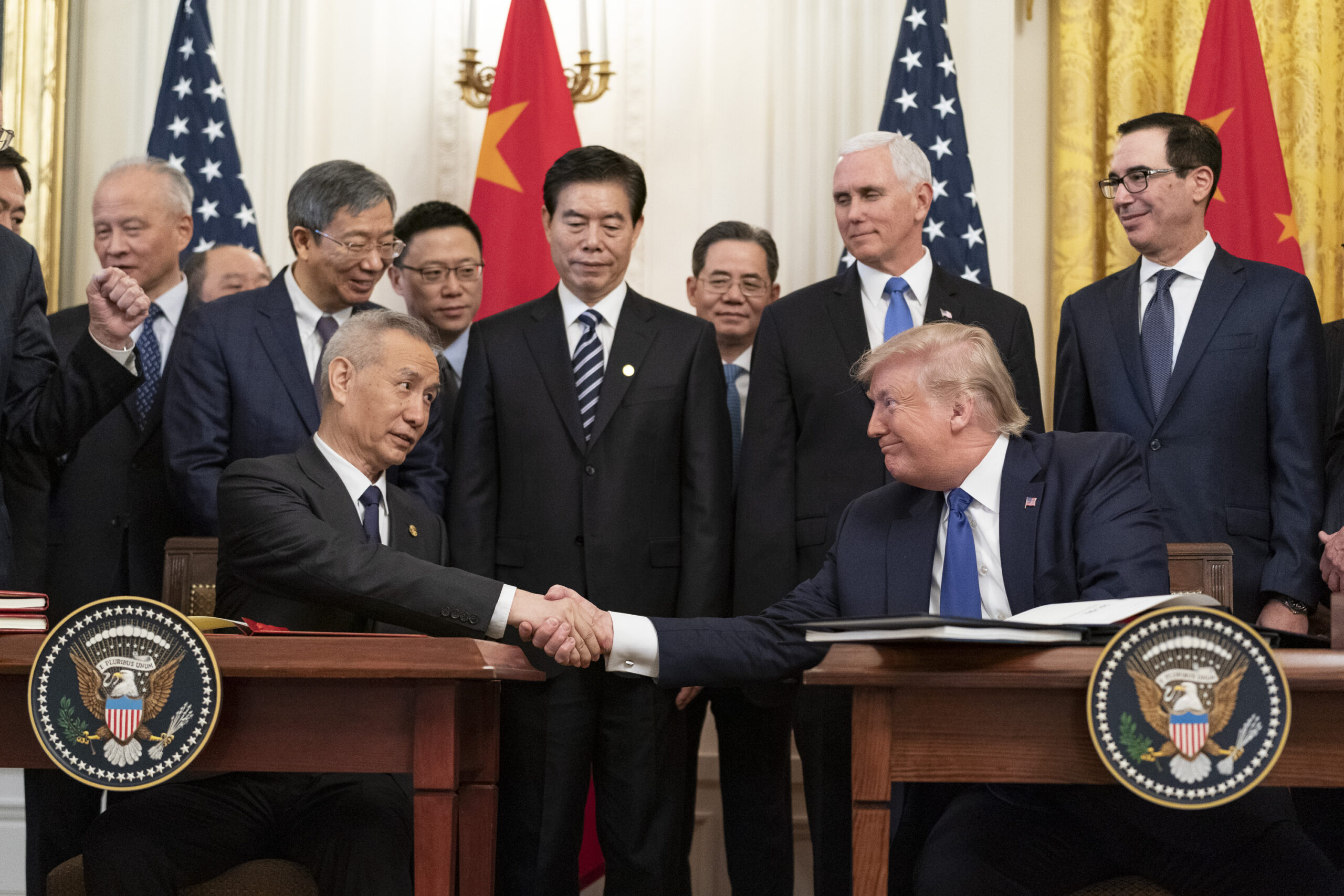Financial Sector Notes Longest Winning Streak Since 2004 Amid Trade Tensions
The financial sector has seen steady gains for nine consecutive days, the longest such streak since 2004, recovering lost ground from the early days of President Donald Trump’s intensified trade conflict in April. The impetus for the rally on the last day of the week was the unexpected surge in employment coupled with optimism over the potential deescalation in a trade dispute with China. The notable indices such as the S&P 500, Dow Jones Industrial Average, and Nasdaq Composite all recorded an increase of 1.5%, 1.4%, and 1.5% respectively.
The bond market responded with an uptick in Treasury yields following the government announcement of job numbers for April, exceeding previous predictions. The upward trend continued with S&P 500 noting another 1.6% rise, aiming for its ninth day of consecutive gains. Dow Jones Industrial Average incrementally improved by 582 points, equivalent to 1.4%, whilst the Nasdaq Composite expanded its value by a more significant 1.8%.
The tech industry made a substantial contribution to these gains, with Microsoft climbing 2.6% and Nvidia by a higher 3%. In contrast, Apple experienced a decrease of 4% after the tech giant disclosed that it might stand to suffer a loss of $900 million due to tariffs. Other sectors such as banking and finance also observed significant improvements. JPMorgan Chase advanced 2.4% and Visa rounded off the gains with a 1.3% increase.
The employment sector registered a promising figure of additional 177,000 jobs in the month of April. These fresh numbers, however, have yet to reflect the economic repercussions of President Trump’s sweeping tariffs against American trade allies. A noticeably negative impact was seen in the early days of April, with the S&P 500 index recording a 9.1% dip due to Trump’s announcement of extended tariffs.
The market seems to have compensated for such losses, thanks to robust earning reports from domestic companies and anticipation of the Federal Reserve’s potential rate cuts throughout the year. This turnaround has been closely tied to employers’ reports and analysts are vigilantly monitoring for signals of strain due to the continued trade disagreements.
Strong employment has historically been a trigger for increased consumer spending and economic growth, raising concerns amongst economists about the potential impact of import taxes on consumers and businesses alike. There are already indications of a strained economy. According to reports, the US economy reduced at an annual rate of 0.3% in the first quarter of the year.
This constriction can be attributed to a rise in imports as businesses attempted to maneuver around anticipated tariffs. The existing round of tariffs, coupled with unpredictable policy changes, have disrupted long-term planning for both businesses and households. The unpredictable tariff costs have prompted companies to revise or even withdraw their financial predictions.
However, there’s a glimmer of optimism that trade negotiations may lead to a rollback of some tariffs by President Trump. China, being one of the substantial targets of these tariffs at 145%, is presently reviewing the recent US proposals concerning these tariffs.
In other finance news, Exxon Mobil managed to rebound from an early dip, posting an increase of 0.6% even after reporting its lowest quarterly profits in recent memory. Similarly, its rival Chevron advanced by 1.6% in the aftermath of its leanest first-quarter profits in years. The overarching decrease in crude oil prices have generally hampered the sector.
Looking at crude oil trends, prices in the US have dropped by an approximate 17% within the year. This week, they slipped below the $60 per barrel mark, a threshold that many producers find unsustainable for profitability. Coinciding with this, Treasury yields in the bond market have shown an increase. Demonstrated by the 10-year Treasury yield escalating to 4.32% from the previous day’s 4.22%.



